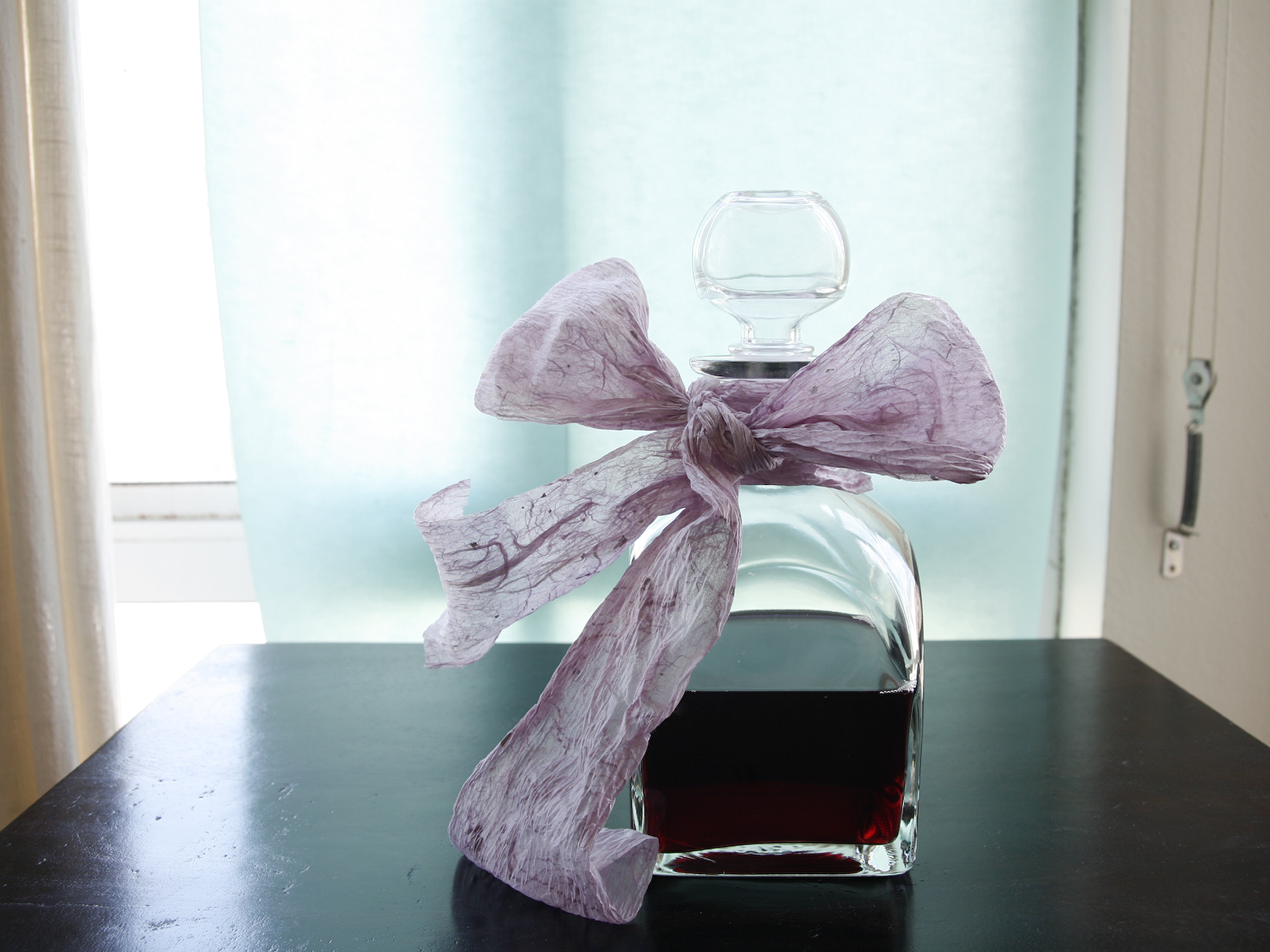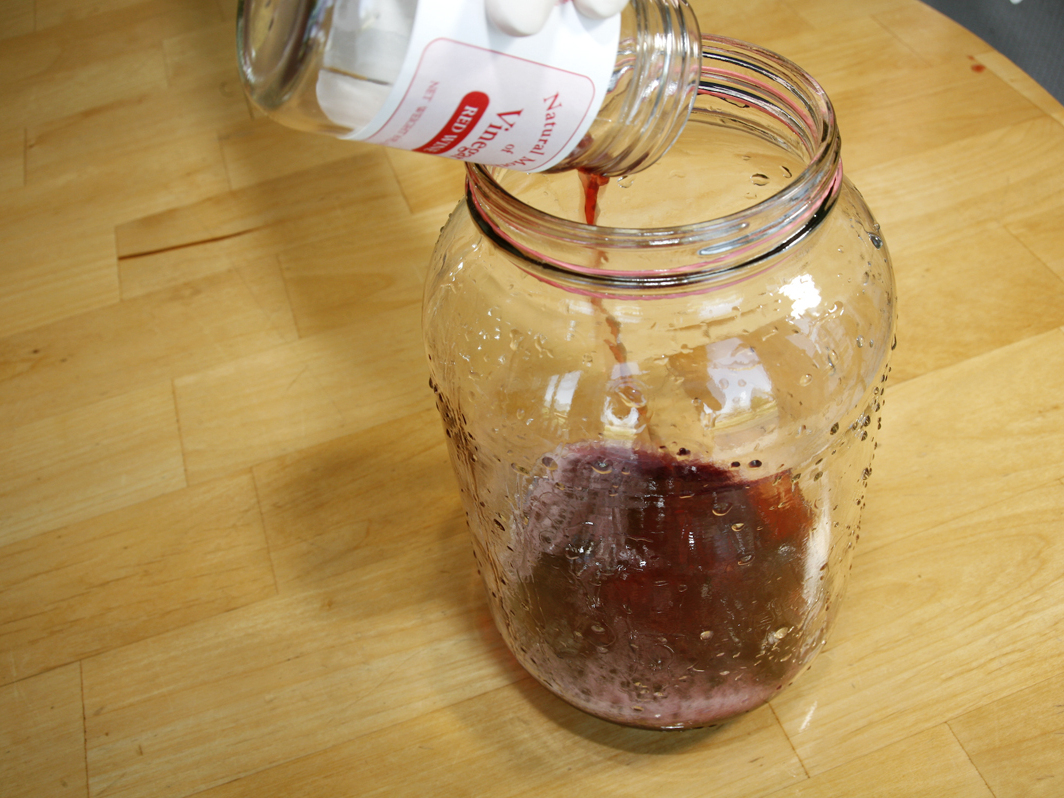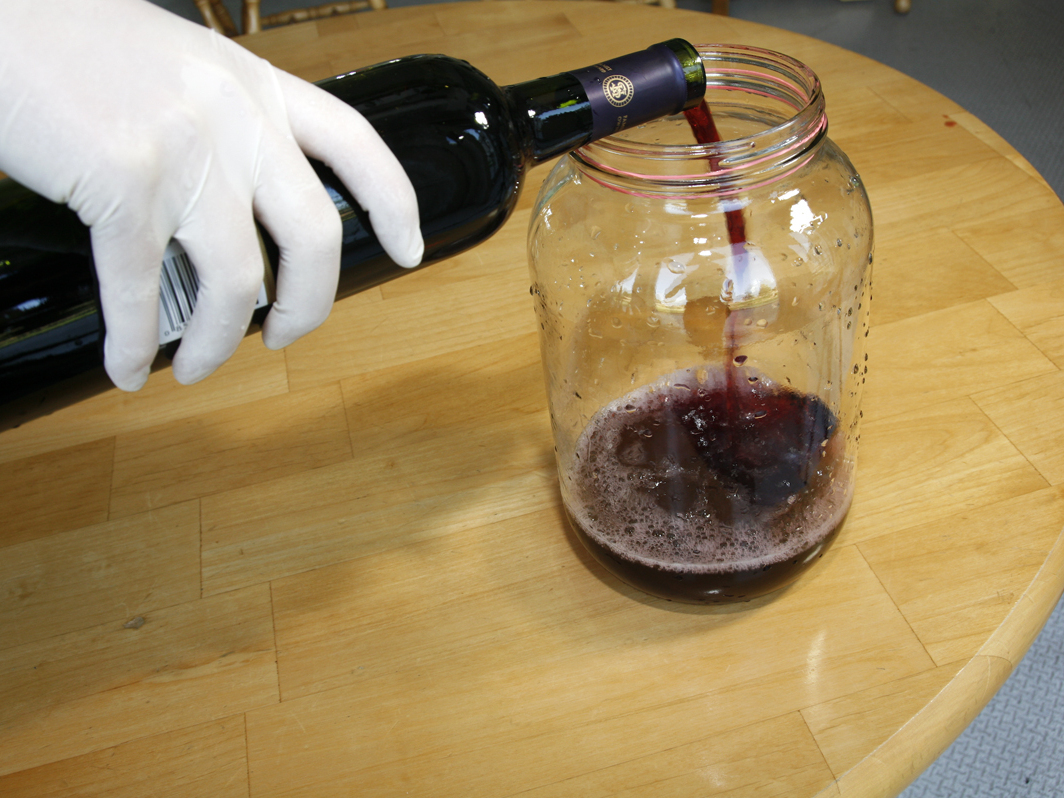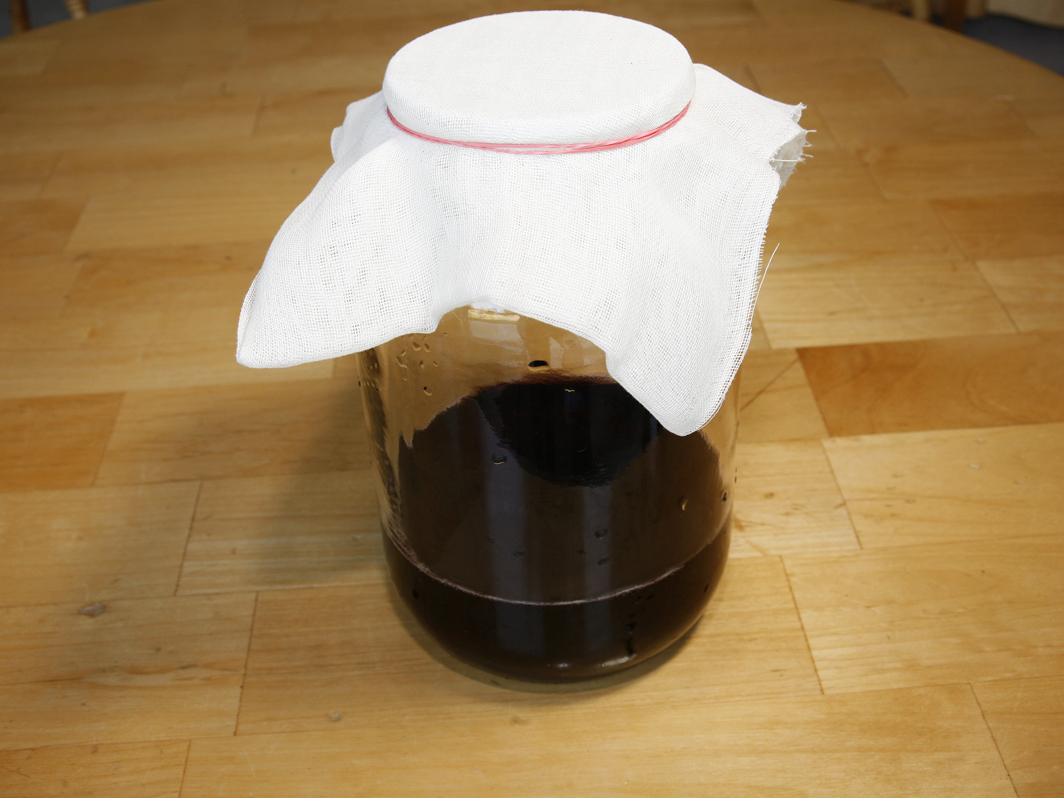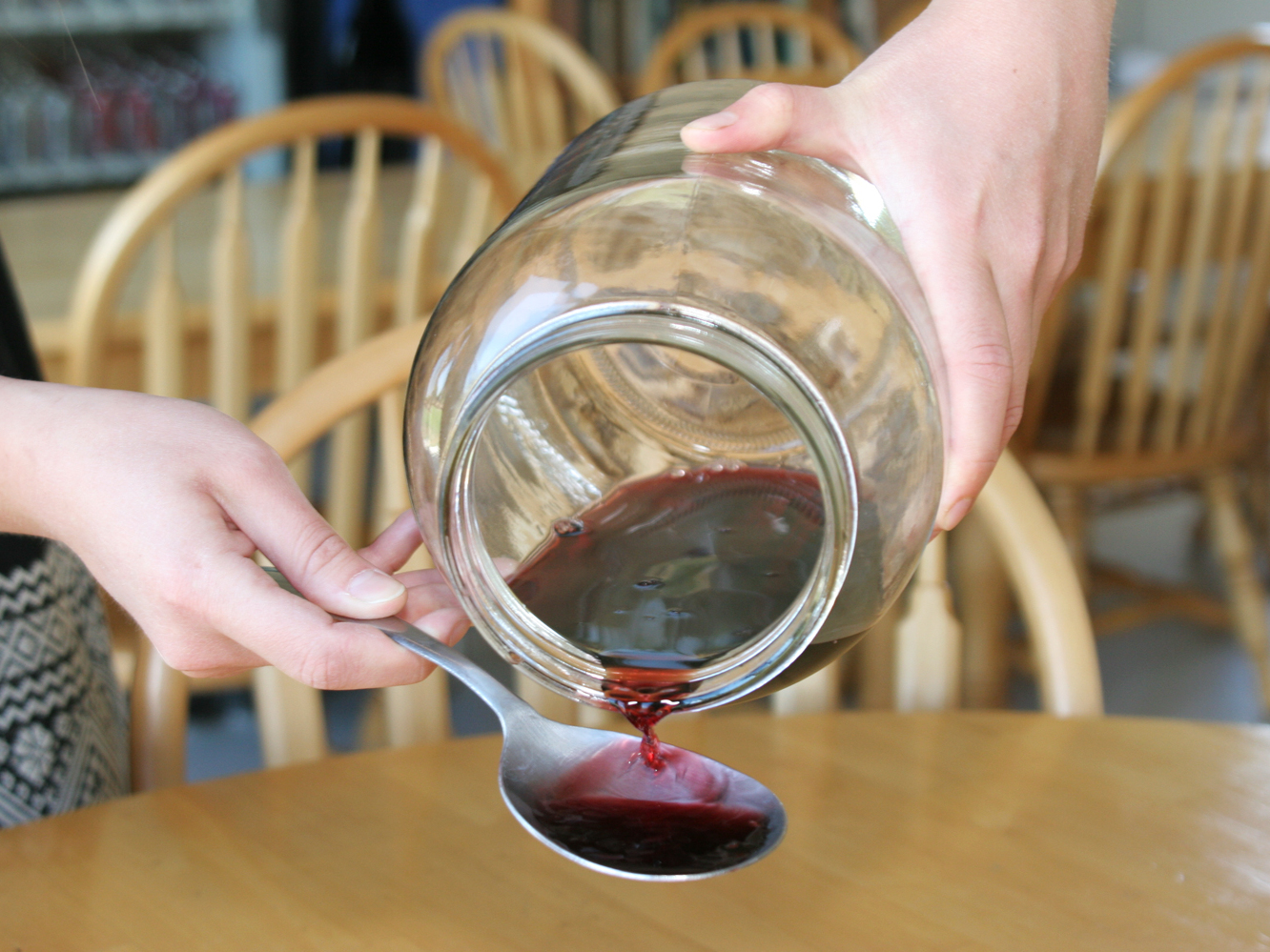Perhaps nothing walks so fine a line through the world of culinary appreciation as vinegar. The bane of the winery, it’s also the prince of the kitchen, and few salads would dare show their faces without it. In the making of vinegar, science and art merge, and like its alter ego, wine, vinegar is a subject for the scrutiny of gourmands. Good vinegar, after all, is not just spoiled vino — it’s an art form that can take years to refine.
As you explore vinegar making, you may discover a fulfilling aspect of this hobby: it becomes a self-sustaining, living process, almost like gardening. A portion of vinegar “mother” can be left in the production vessel after each harvest, and if you continually add more wine to this thriving liquid, the process can go on indefinitely, providing you with homemade vinegar for years to come. All your mother asks for is a little wine.
We’ll start with the simple science. By deliberately infecting your wine — or beer or cider, for that matter — with Acetobacter, a genus of bacteria that also goes by the name “vinegar mother,” you touch off a transformation. These bacteria eat the alcohol and churn out acetic acid, which supplies the tanginess common to all vinegars.


